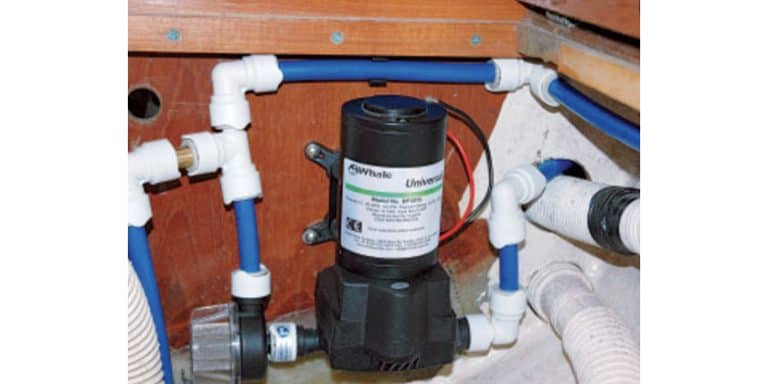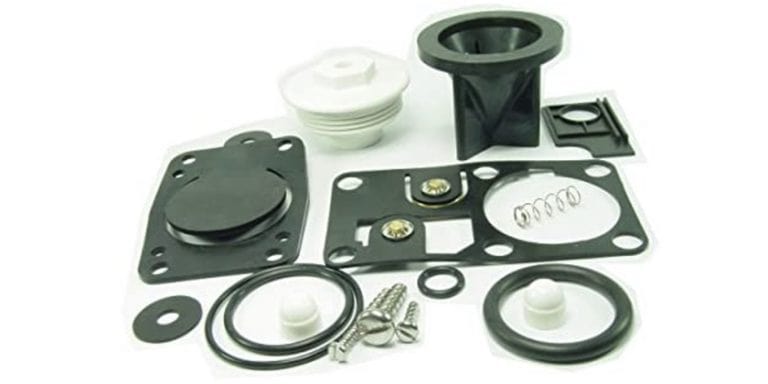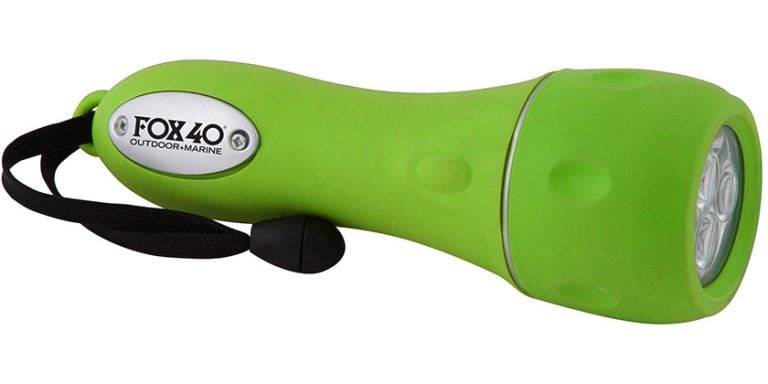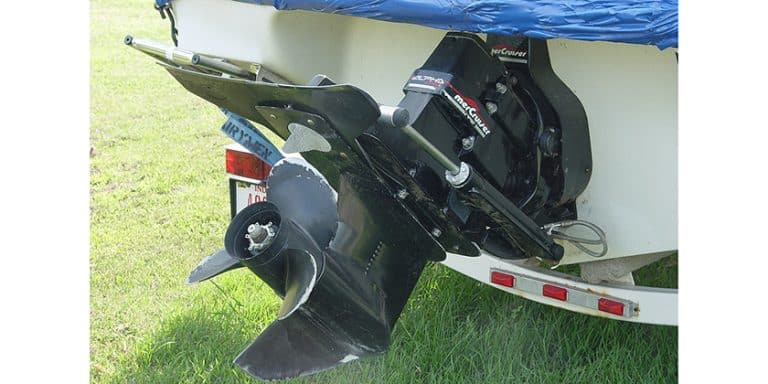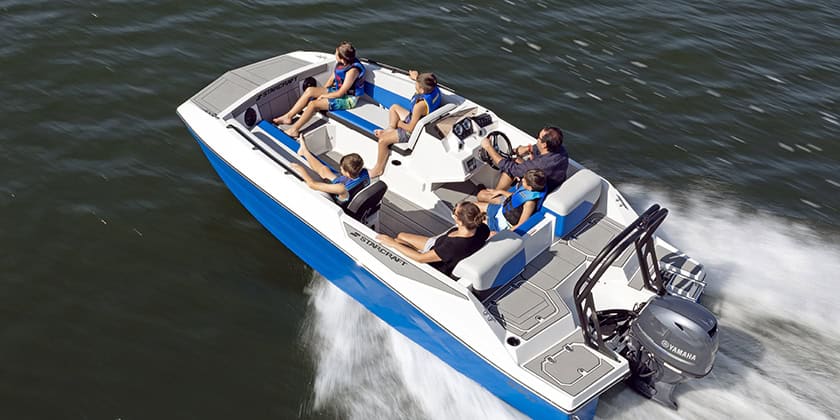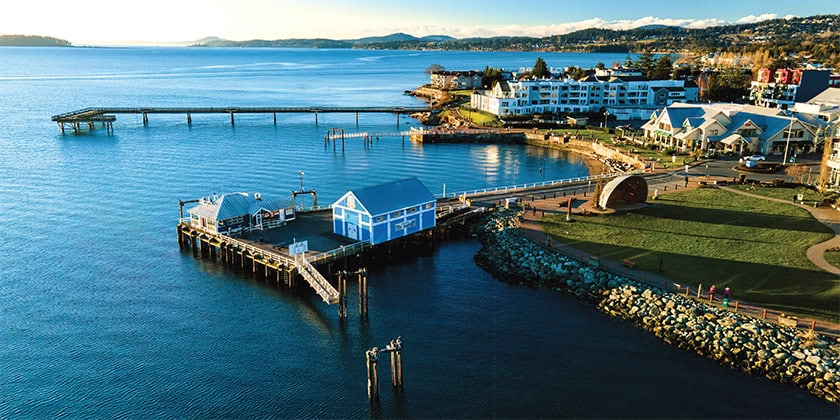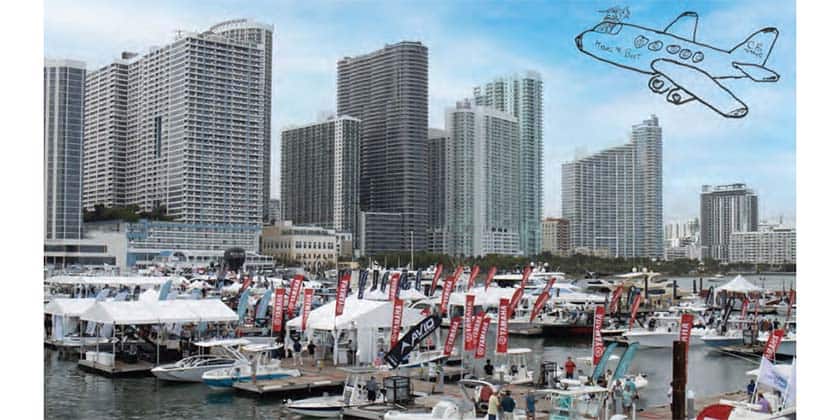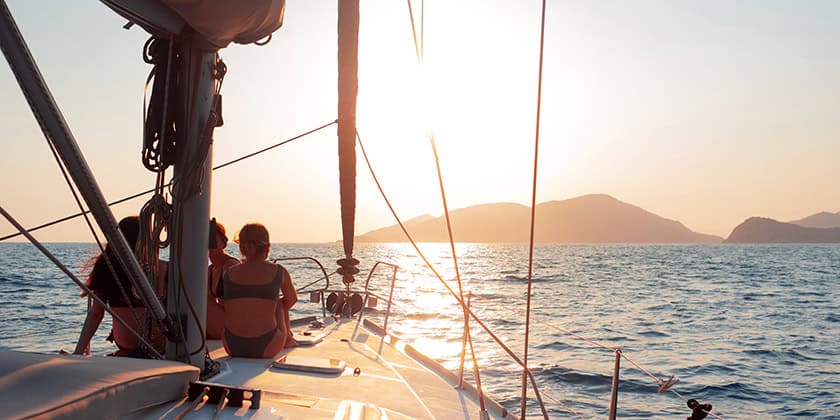Ask Andrew: ELCI’s – protecting the boat’s Shore-power grounding connection
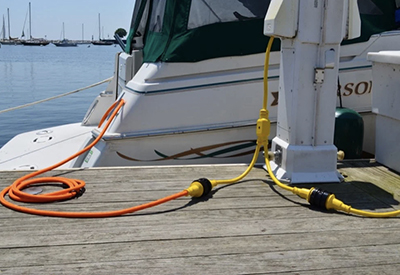
Feb 11, 2021
Two weeks ago, I was pleasantly surprised by the reaction from the article published on the importance of GFCI outlets. I received many more emails than usual in response to this topic, most of them echoing the importance of this type of protection aboard.
There’s another side to this – the grounding protection offered by an ELCI (Equipment Leakage Circuit Interrupter) panel, where the shore power enters the boat.
As with many electrical issues aboard, the culprit tends to be an older boat that has been slowly upgraded overtime. In years and decades past, in order to charge a boat’s batteries and run a few simple AC appliances, an extension cord was run from a nearby shed, along the dock to a boat tied alongside. Over time, this convenience came into high demand, and some order was needed in the chaos of extension cords near water. Marinas began using shore power pedestals, with each dock assigned a plug, and boaters began using standardized 30 and 50A ‘Shore power cords’ and receptacles aboard became the norm. More recent advances have become the ‘twist-and-lock’ and SmartPlug variants, along with a variety of pigtail adaptors and sealed connections.
As these advances have been made, the marine community has also worked hard to keep up with keeping conveniences safe. When looking at an AC system aboard (bringing shore power into the boat, and powering appliances with 110 volts), the focus has been on two areas:
1) Keeping the AC system safe so that the voltage doesn’t harm (or kill!) a human aboard
2) Keeping the wiring and appliances safe from overcurrent (and fire) by using appropriate breakers.
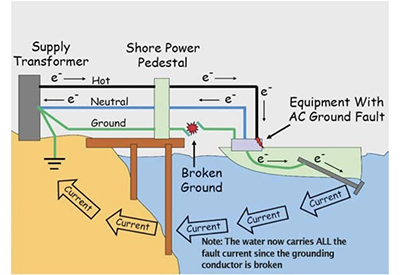 There has been less concern, until recently, on preventing stray current, either on the marina-owned shore pedestals, or aboard boats plugged in using available shore power.
There has been less concern, until recently, on preventing stray current, either on the marina-owned shore pedestals, or aboard boats plugged in using available shore power.
In an ideal world, current will flow from the marina’s power lines, along the dock to each pedestal. When a boat is plugged in, current will flow from the shore-power pedestal along the shore-power cord, into the boat, and into each appliance and outlet that is powered on. The simplified theory in AC wiring is that the black (hot) wire will carry current to the appliance. The white (neutral or grounded) wire carries current back to its source. The green (grounding) wire is not normally current-carrying, and is used as a way for stray current to make its way to a safe source (ground).
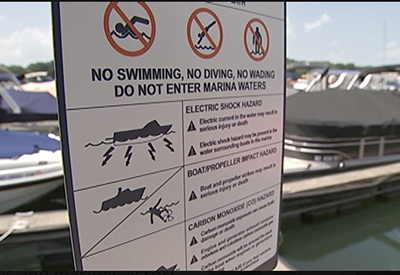 However, when looking at a boat that is plugged into shore-power, the ‘safe ground’ that we’re talking about isn’t aboard the boat. Rather, it’s back on shore. If a fault is found between the shore power pedestal, and any AC appliance or component aboard, the stray current will find its way back to the shore power’s grounding point. Often, the most direct route for this stray current to flow, is through the water between the boat and shore (or even through the water between two boats moored alongside each other, and back to shore).
However, when looking at a boat that is plugged into shore-power, the ‘safe ground’ that we’re talking about isn’t aboard the boat. Rather, it’s back on shore. If a fault is found between the shore power pedestal, and any AC appliance or component aboard, the stray current will find its way back to the shore power’s grounding point. Often, the most direct route for this stray current to flow, is through the water between the boat and shore (or even through the water between two boats moored alongside each other, and back to shore).
A number of results can come of this: In the case where stray current is running between boats, one boat with a fault can cause the adjacent boat to have major corrosion issues.
Underwater machinery, through-hulls, props and drives can be drastically damaged by this stray current. A more serious by-product is the danger of ‘electric shock drowning’ – a scenario where a swimmer moving through the water that has become energized between boats and/or shore arrives in the path of the stray current, paralyzing or killing the swimmer!
Breaker breaker
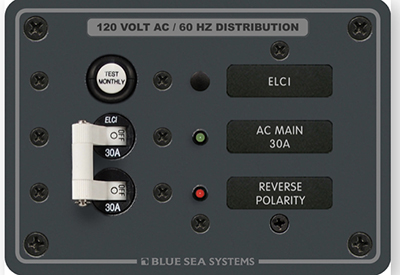 Enter the ELCI breaker. This device is designed to detect amperage differences in the current running along the black (hot) wire, and the current returning via the white (neutral or grounded) wire. The amount of current running to and from should be the same. If there is a difference (meaning that the current has strayed, potentially via the green (grounding) wire)), the ELCI breaker will trip, preventing damage or injury until the fault can be found.
Enter the ELCI breaker. This device is designed to detect amperage differences in the current running along the black (hot) wire, and the current returning via the white (neutral or grounded) wire. The amount of current running to and from should be the same. If there is a difference (meaning that the current has strayed, potentially via the green (grounding) wire)), the ELCI breaker will trip, preventing damage or injury until the fault can be found.
Ideally, the ELCI breaker will be found in two spots: On the marina shore-power pedestal, and on your boat, between the shore-power inlet and the AC appliance breakers
Protecting your boat, your marina neighbors, and your family and guests aboard from AC electrical issues, is best achieved by looking at both sides of the system: From shore power into the boat (by adding an ELCI breaker), and from the main AC breaker panel to the outlets and appliances (by installing GFCI outlets).
As always – if you have questions or concerns about your boat’s electrical, contact a qualified marine technician to review your current set-up and make recommendations for repair or upgrade.
 Andrew McDonald is the owner of Lakeside Marine Services – a boat repair/maintenance firm based in Toronto. Andrew has worked in the marine industry for 12 years and is a graduate of the Georgian College ‘Mechanical Techniques – Marine Engine Mechanic’ program.
Andrew McDonald is the owner of Lakeside Marine Services – a boat repair/maintenance firm based in Toronto. Andrew has worked in the marine industry for 12 years and is a graduate of the Georgian College ‘Mechanical Techniques – Marine Engine Mechanic’ program.
Questions or comments for Andrew? Email him directly via: askandrew@lakesidemarineservices.ca


